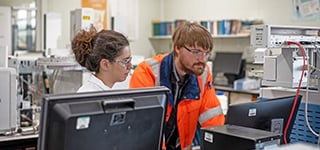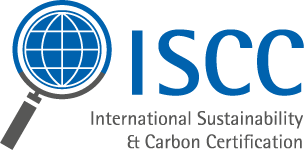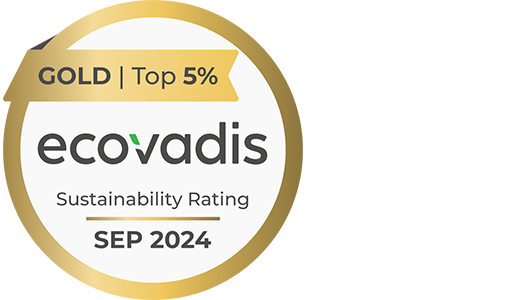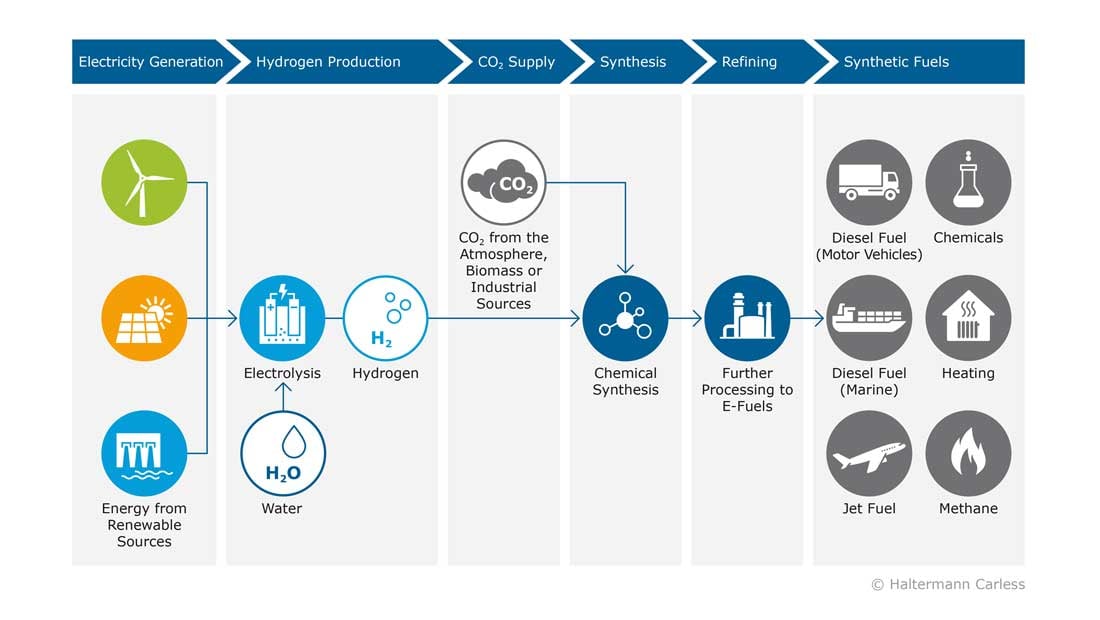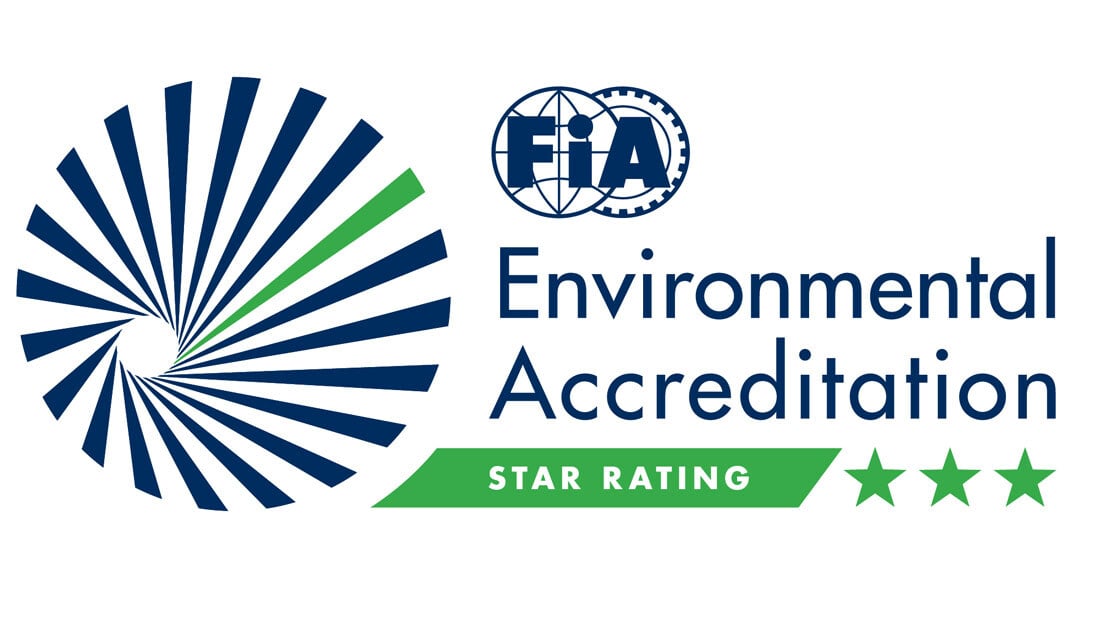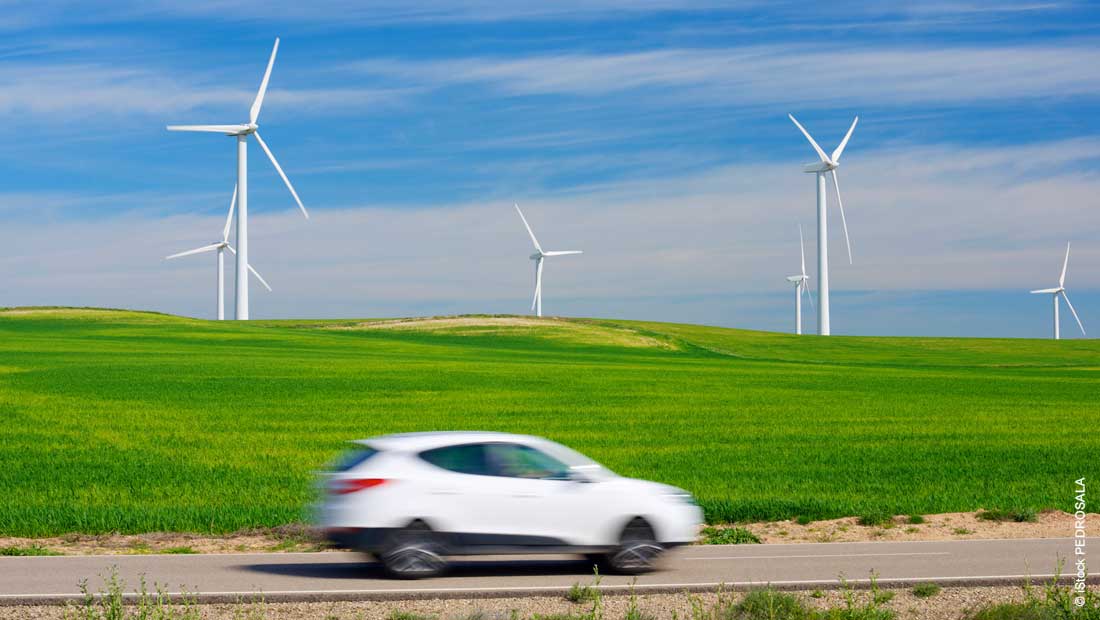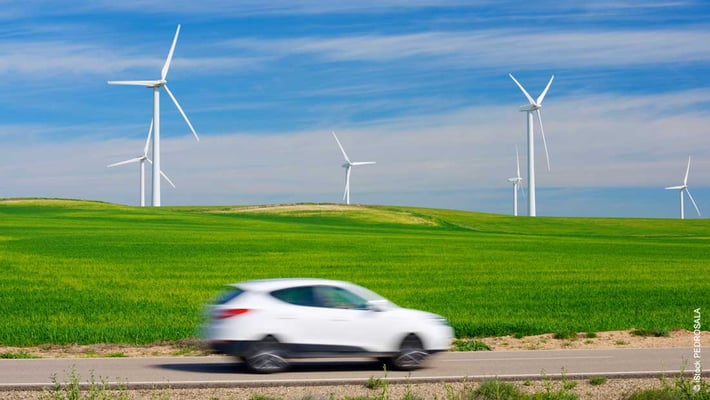
Alongside biofuels, sustainable synthetic fuels, also known as E-Fuels, are an important building block in achieving the European climate protection goals. Decisive for the market success of sustainably produced fuels are technological openness and the creation of clear political framework conditions. As a groundbreaking process, Power-to-Liquids (PtL) offers options for a sustainable energy supply in addition to the production of sustainable fuel. Learn more about this.
Synthetic fuels need certain basic conditions
Topics such as shaping the energy transition, energy efficiency or sustainable mobility are of equal concern to politics, business and society. One of the fundamental conditions – in addition to the creation of clear political framework conditions – is the development of a corresponding infrastructure and the increased use of sustainable technologies. Power-to-X (PtX) or Power-to-Liquids (PtL) are part of the important European discourse in the implementation of the Green Deal. Alongside biofuels, E-Fuels are another solution for saving considerable amounts of greenhouse gases in existing engines.
Get compact answers to the 6 most important questions on PtL and E-Fuels:
1. Is PtX and PtL the same?
Power-to-X refers to all processes that use CO2 and renewable energies such as wind, sun and water to produce electricity-based fuels for mobility, raw materials for the chemical industry or chemical energy sources for electricity storage.
PtX technologies can be categorised as follows:
Usage:
- Power-to-Fuel
- Power-to-Chemicals
- Power-to-Ammonia
Energy type:
- Power-to-Liquids → Electricity is converted into liquid energy carriers
- Power-to-Gas → Electricity is converted into gaseous energy sources
- Power-to-Heat → Electricity is converted into heat
2. How are synthetic fuels or E-Fuels produced?
Synthetic Fuels are produced with the PtL technologiy in several process steps:
- Sustainable energy production: Electricity is obtained from renewable sources such as the sun, wind and water.
- Electrolysis: The electricity is used to split water into hydrogen (H2) and oxygen (O2). The oxygen can be easily released into the ambient air.
- Synthesis gas: The remaining hydrogen is mixed with CO2 as a carbon carrier in the synthesis process to produce synthesis gas.
- Synthesis: The synthesis gas produced is converted into a hydrocarbon mixture using the sophisticated Fischer-Tropsch technology or an alcohol intermediate stage (e.g. methanol-based).
- Refining: The hydrocarbon mixture is separated and further processed into E-Fuels.
- Products: Various sustainably produced energy carriers are obtained, such as fuels for automotives or aircrafts.
3. What exactly are synthetic fuels or E-Fuels and how can they be used?
E-fuels are synthetic fuels obtained through PtL technology. In addition to their contribution to greater sustainability through the use of green electricity and CO2 from the atmosphere, biogas plants or industrial waste gases, they offer an opportunity to be used directly in today's engines and powertrains (drop-in fuels).
Advantages:
- No technical modification to the means of transport necessary
- Compatible substitute for fuel, diesel and jet fuel
- Blending with fossil fuels is technically possible
- Existing infrastructure such as pipelines or filling stations can continue to be used
4. What concrete contribution do synthetic fuels (E-Fuels) make to climate protection?
The major global climate protection goal is to achieve CO2 neutrality. However, the much-discussed topic of electro mobility, which is very present in the media, is only part of the solution and is not yet attractive everywhere due to factors such as a lack of infrastructure, high costs or long charging times. In addition, there are areas of transport in which electric powertrains are not or not yet feasible, such as aviation. It is therefore necessary to rely on different powertrain systems and to facilitate a technological transformation. For example, combustion engines can already contribute to CO2 reduction if they run on sustainably produced fuels such as E-Fuels.
5. Are E-Fuels climate-friendly?
The key to a good climate balance of E-Fuels is the use of sustainable energy sources such as sun, wind and water as well as carbon dioxide from the atmosphere (direct air capture), from biogenic sources (biogas plants, biomass cogeneration plants, etc.) or from industrial sources that produce CO2 as a by-product (such as coal-fired power plants, cement production and the like).
6. What additional advantages do E-Fuels and the PtL process offer?
In addition to being used as synthetic fuels for more sustainable mobility, the process opens up further options in the area of renewable energy supply. For example, electricity can be stored as a liquid fuel (or gas from the Power-to-Gas process) and provide access to energy from renewable sources at night or during calm periods. In addition, countries with large amounts of hydro, wind and solar energy could export it more easily. Synthetic fuels can thus be used flexibly as energy storage.
Conclusion
Sustainably produced synthetic fuels can make an important contribution as a building block for solving the EU's ambitious climate goals. Particularly in the mobility sector, which accounts for a quarter of greenhouse gas emissions in the EU, E-Fuels offer the possibility for reducing CO2 emissions already today. The Power-to-Liquids (PtL) process is central to this through the use of renewable energy and CO2. E-Fuels are compatible with current engine technologies and can be used as blends. In the aviation sector alone, the demand for PtL fuels will increase in the next few years due to the introduction of a rising quota.
Decisive for the market success of sustainably produced fuels are the creation of clear political framework conditions, the expansion of renewable energies, investment in new technologies and the development of a corresponding infrastructure.





